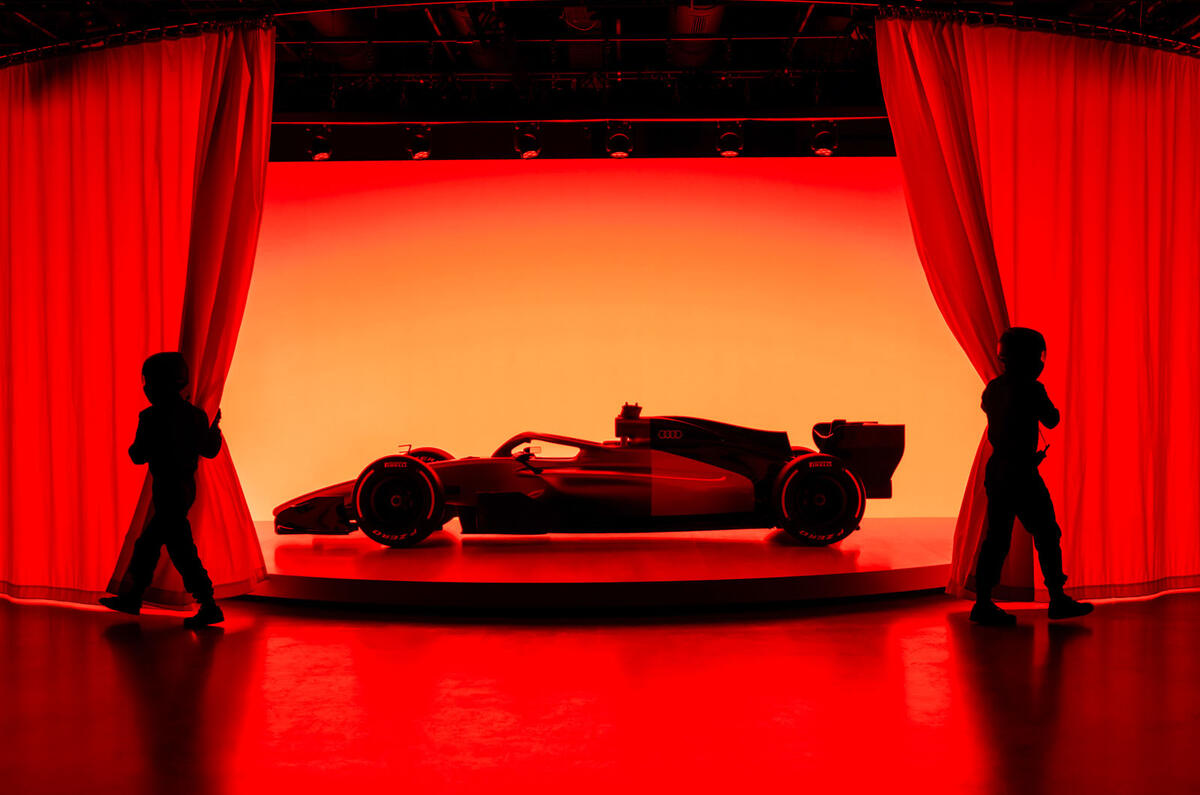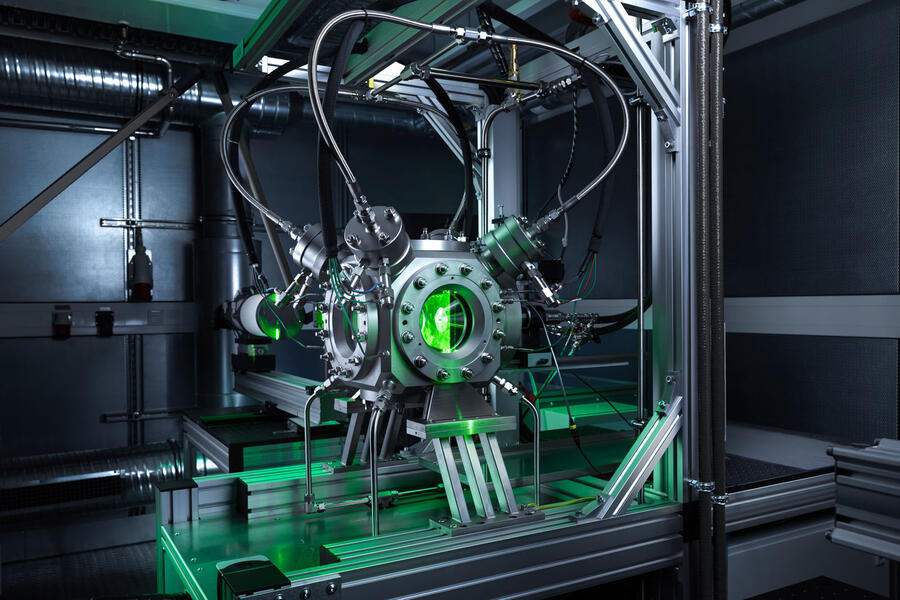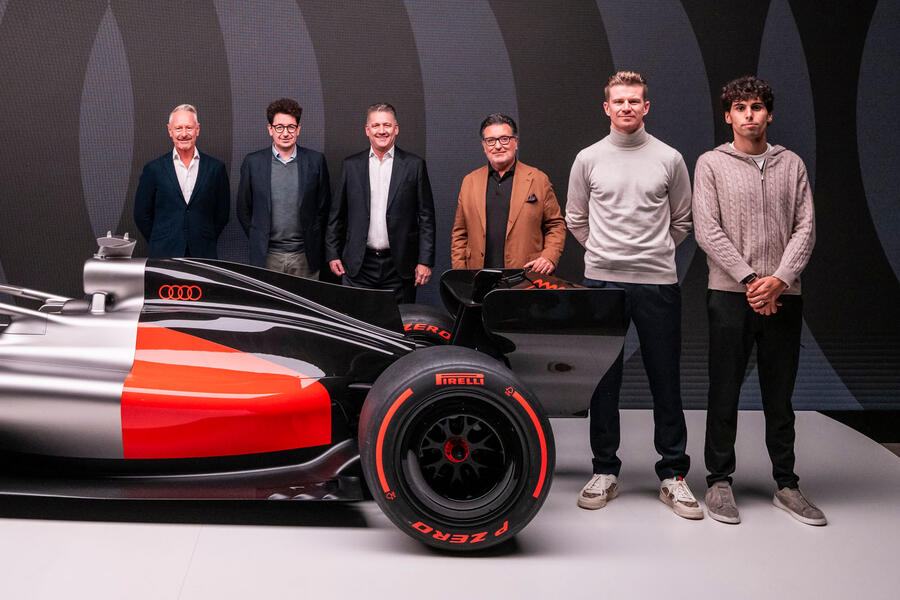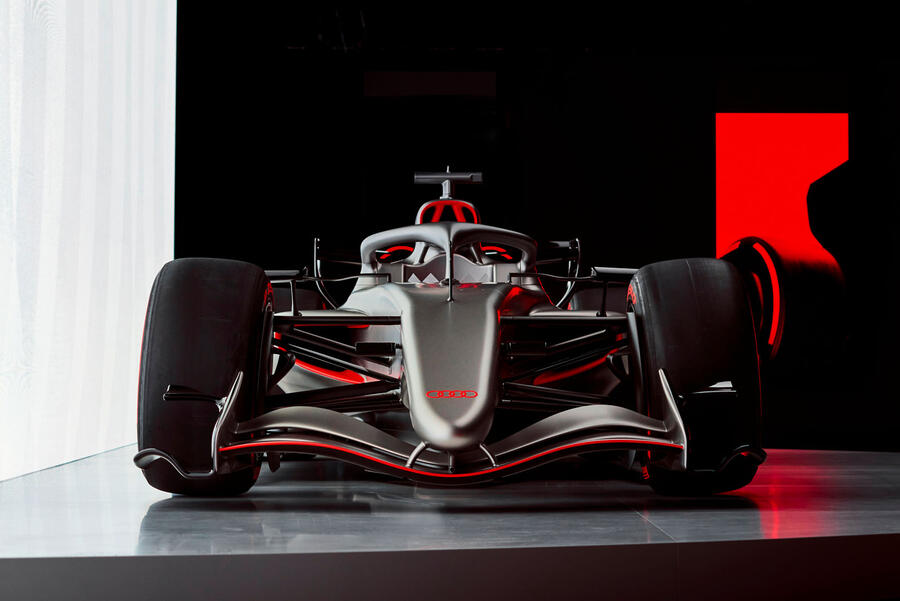One hundred and fifteen days, nine hours, 15 minutes and 30 seconds. On every wall, screen and set of lips at Audi's new Formula 1 base in southern Germany is a reminder of just how little time remains until the Four Rings grace a grand prix for the first time in 87 years.
But as the team hurtles towards that milestone, it faces a great many questions that remain unanswered.
Not only has Audi made the decision to enter the fastest-moving motorsport category in a season in which its ruleset is being totally overhauled, but it has also decided to go it completely alone. Aside from purchasing long-established backmarker team Sauber, which will build the team's chassis, each and every element of the new team is being developed from the ground up.
To top it all off, Audi wants to fight for a championship within just four years.
Crucially, Audi has opted to build its own power unit, no doubt discontented by the optics of becoming a client - a subordinate – to Mercedes-AMG, Honda, Ferrari or Red Bull-Ford. This, chief operations officer Christian Foyer admits, puts the team "six years behind" competition that includes another newcomer, Cadillac, which will initially run Ferrari power units. Nonetheless, "I don't think we have anything to fear", says Foyer as he walks us down the corridors of the F1 factory at Audi's motorsport competence centre in Neuburg an der Donau.
It's an incognito building; a brutal amalgam of blackened steel tucked around the back of an equally brutal-looking test track.
The scale of what lies within is revealed only once you enter. You're made to lock your devices away and swear to secrecy before being ushered through a pair of locked doors - at which point you're hit by the sheer heat. Electricals screech relentlessly as the winter chill is blasted away by a furnace-like wave of warmth, so packed is the building with computers and scanning machines.











Join the debate
Add your comment
So, what's the ultimate goal from competing in F1?, is it just to go racing?, what's the financial insensitive?, ok, Audi are car company that sells thousands of cars globally as opposed to Ferrari, no, I don't think winning a racing series is the only ambition or the real ambition.